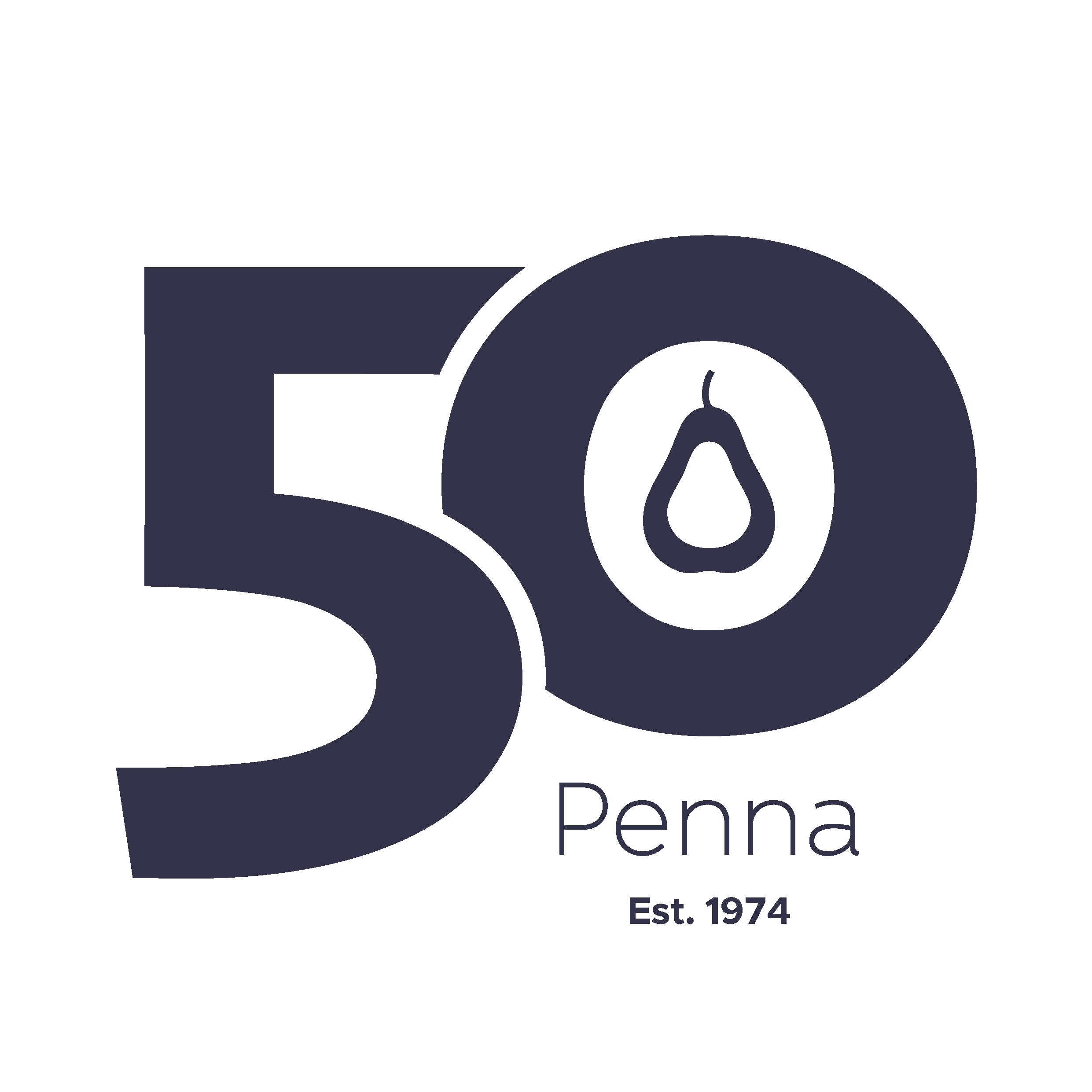
Start the Conversation: Why Early Engagement Matters in Clearing
Clearing 2024 put things into perspective for universities and media agencies. One thing is clear: today’s prospective students aren’t rushing towards Clearing in a last-minute panic. They’re deliberate, strategic and know their worth.
For universities that rely on Clearing, they need to be speaking to students now. Last year, 67% of prospective students researched their chosen university before August, with nearly half contacting just one provider. Having an intuitive and straightforward user journey on your Clearing website is crucial.
With this in mind, we have identified five key pillars that are essential for building an effective Clearing landing page.
- Engagement options:
Students are researching their Clearing options up to six months in advance. It’s never too early to open the lines of communication. Consider creating multiple ways for prospective students to contact you now. Don’t wait until next month to activate your Clearing callback form.
Nottingham Trent University sets a strong example, offering four different ways to contact them. These options include a form submission, being able to sign up to their priority wait-list, web chat, and being able to book an Open Day to visit them. They’re highly visible call to action’s that all sit on the main page.
Interestingly, none of these options involve calling. While phone support is still important (especially on results day when prospective students are likely to be calling), it won’t always be Gen Z’s first choice. Make sure that your contact options reflect this shift, providing more than one way of contacting your institution.
- Resources:
Clearing is no longer a fallback – it’s a planned route for many. If a prospective student has decided that your institution is a good choice for them, they will need clear and accessible guides, providing key dates and institution-specific processes in advance. Don’t make the information, generic, convoluted, or difficult to find. We need to be approaching students with tailored information from the beginning, otherwise they may start engaging with another institution who is making it easier for them.
The University of Kent has resources immediately available on their Clearing landing page, with the first two buttons being labelled ‘What is Clearing’ and ‘Prepare for Clearing’. These buttons are at the top and they’re hard to miss. It’s a simple user journey that doesn’t take the user to various sub-pages. All the information is succinct, informative, direct and easy to navigate.
- Incentives
What will students gain by establishing a connection with your institution in advance? We don’t mean freebies. We mean resources that will make things easier for students to navigate Clearing and begin their journey with you.
Taking on a student loan is a huge debt to take on, and prospective students are increasingly focused (rightfully so) on the value they receive from the outset. Nottingham Trent University have offered guaranteed first year accommodation, as well as exclusive support, when a prospective student signs up to their priority waitlist for Clearing. Bournemouth University have offered students regular updates, as well as a call-back for those signing up to theirs. The University of Southampton, a Russell Group University, has also offering personalised updates (based on the subject you’re interested in studying) throughout the Clearing process.
With rising living costs, practical support matters more than ever. To help, University of Brighton is promoting Brighton Boost, which includes discounts and bursaries to support students with the cost of living, and university services that make everyday things just that little bit easier.
- Personalisation
Decisions are increasingly being made in the early stages of Clearing. What sort of support and personalised experience will be given to prospective students and how can those decisions be influenced? Recognising the variety of reasons why students want to know about Clearing and helping them on their individual journeys is an important part of the process. Tailoring content to Clearing personas will improve user experiences and alleviate concerns.
An example of this is on Bournemouth University’s Clearing landing page. When a user lands on it, they will clearly see three buttons near the top of their page asking why a prospective student has visited their page. It could be because they’re still considering their options, or they’re worried they won’t get the grades they need. Each button will take a user to content that is relevant and personalised to them.
On Edinburgh Napier University’s Clearing landing page, they have stories from four different students. They’re simply labelled by their names, but each student has a different testimonial that matches key Clearing personas (traditional, no offers, direct, mind changers, trade ups). This is another way to offer personalised content.
Even Russell Group Universities, such as the University of Exeter, have testimonials from traditional clearing students on their webpages, not just those that have traded up or changed their minds.
Testimonials do not need to be labelled as per the UCAS Clearing personas, either. A prospective student will not know that they’re a ‘mind changer’, but acknowledging their potential reason for choosing Clearing is helpful. By addressing all personas, most experiences will be covered.
- Video
How can you make sure your content is engaging and easy to consume? Whilst succinct and straightforward copy can quickly and effectively inform prospective students about Clearing, video content is a great way to condense information and diversify content.
Gen Z highly prefers consuming video content, particularly in short form. However, they’re also drawn to longer-form videos if the information is relevant and necessary.
The University of Sussex has a thirty second brand video on their Clearing landing page, which quickly lets a prospective student know what their unique selling points are and provides a snapshot into the identity of the institution. The video isn’t squeezed in between lots of text. It’s big and sits on its own at the bottom of the page, allowing it to make a bold impression on prospective students.
The University of Kent have taken a different approach. Instead of using a single, prominent video, they have a smaller one that sits on the side of the page. It doesn’t take up too much space, and simply offers advice on Clearing from a recruitment officer.
Whether it’s getting across your institution’s unique selling points in a quirky playful way, (of which the University of Sussex has done), or offering practical Clearing tips (like The University of Kent), videos help diversify your content and keep students engaged.
Summary:
We all know that the nature of Clearing has evolved over the years, and adapting to these changes is key. Each year, Clearing landing pages need to be updated to reflect new trends, with old user journeys no longer cutting it. The key takeaway amongst all the pre-Clearing noise we’re hearing is how much earlier prospective students are now looking at their Clearing options. Websites need to be fully formed and ready now. By making sure that engagement options, resources, incentives, personalised content and video content is streamlined and readily available on Clearing landing pages, institutions can meet the needs of prospective students immediately.
If you're looking to strengthen your Clearing strategy and better connect with prospective students, now is the time. Get in touch with our team to explore how we can support you.
